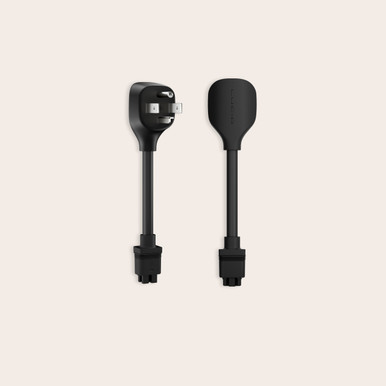Hi all. Question: is it possible to adjust the charging current? For example, I have an 80A Tesla Wall Connector, which I intend using with a TeslaTap. But I don't necessarily want to charge at 80A all the time, I'd like to have the option to dial it down from the car or the app. Does that exist?
Apologies if this has been asked before, I've looked around but not seen it.
Apologies if this has been asked before, I've looked around but not seen it.

